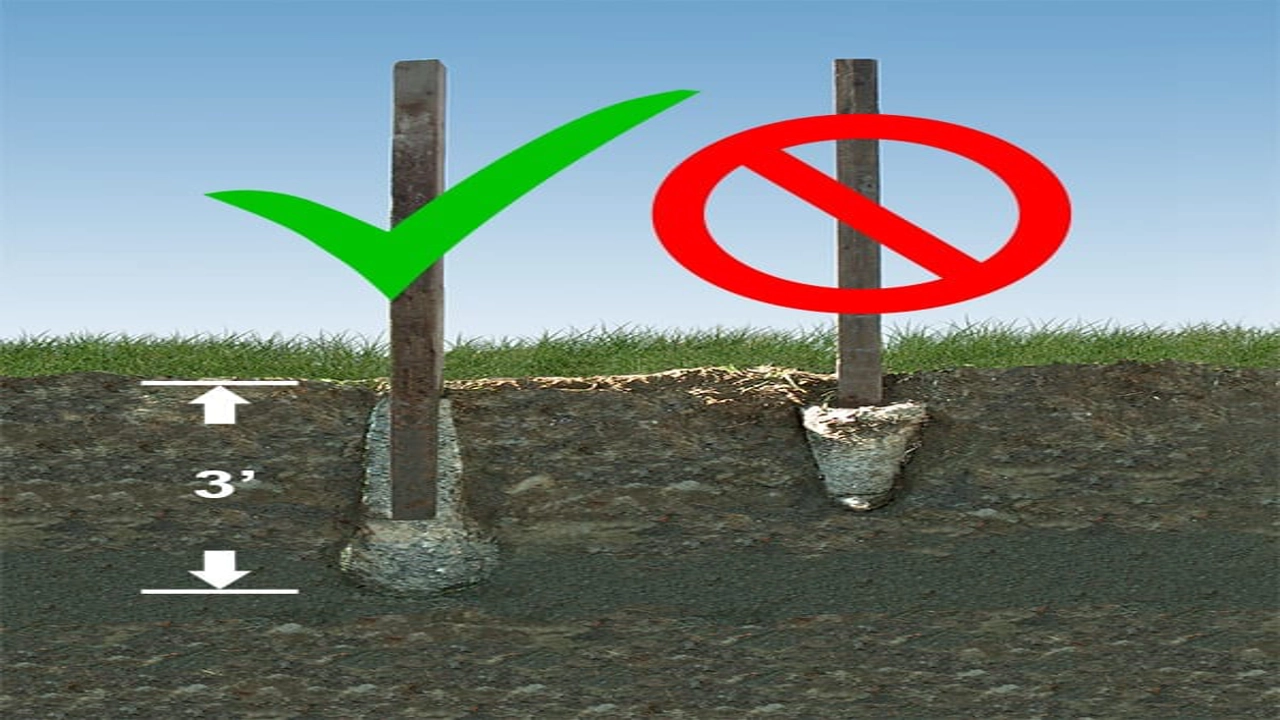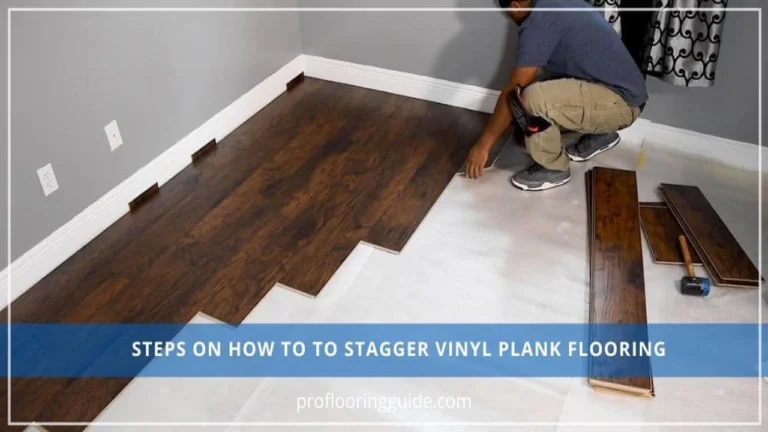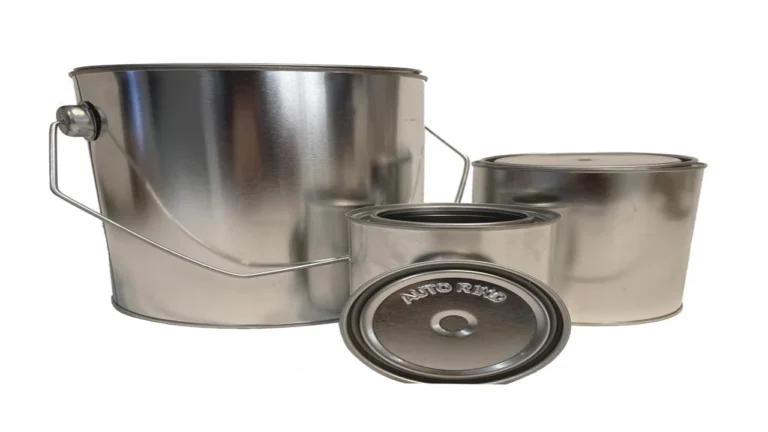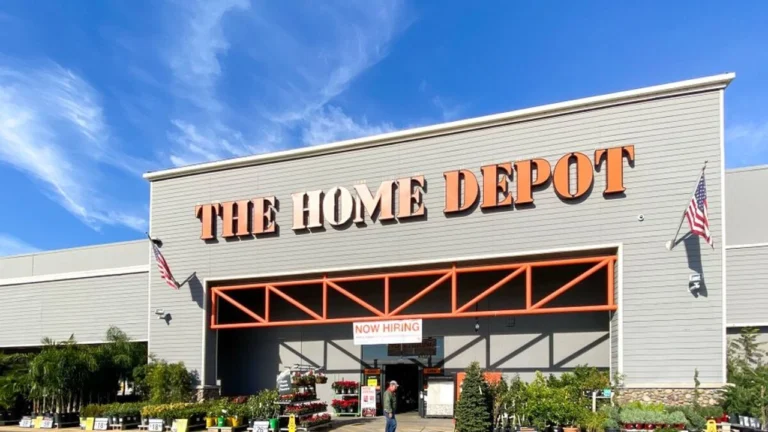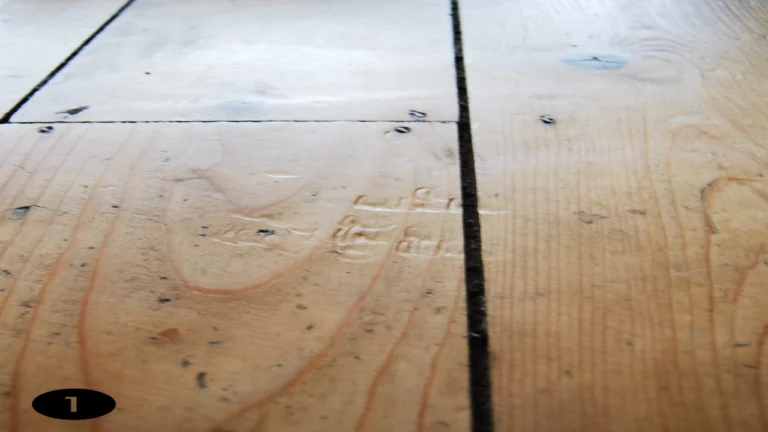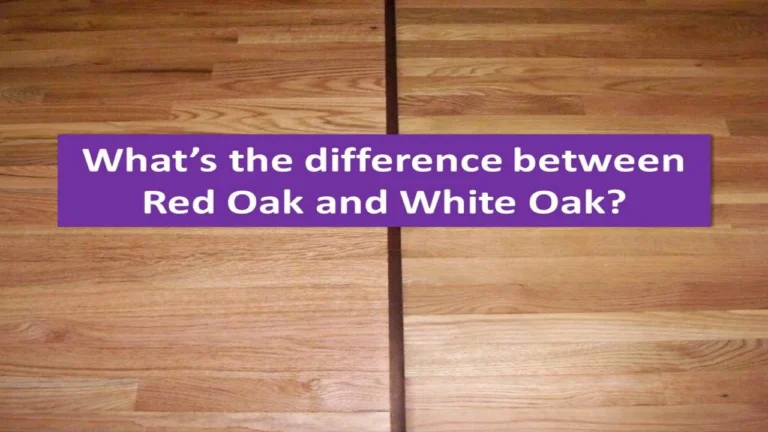How deep does a fence post need to be?
The depth you bury your fence post depends on your soil type and local climate. In general, you should bury at least one-third of the post’s length. This provides stability and prevents the post from rotting. For example, if your post is eight feet tall, you should bury it at least two and two-thirds feet.
You may need to dig deeper in areas with heavy frost or clay soil. This is because frost can push posts out of the ground, and clay can compact, making it difficult for posts to remain upright. You should also consider the type of fence you are building. Heavy fences, such as those made of wood or metal, will need deeper posts.
how deep does a fence post really need to be
Building a fence is a great way to define your property, create privacy, and enhance your home’s curb appeal. One of the most important aspects of building a sturdy and long-lasting fence is properly setting the fence posts. The depth of the fence post is crucial for its stability and durability, and it’s a question that many homeowners ask: How deep does a fence post need to be?
Factors Determining Fence Post Depth
The depth you need to bury your fence posts depends on several factors:
- Soil Type: The type of soil you have determines how much support it can provide. Sandy or loose soil requires deeper posts than dense clay soil.
- Fence Height: Taller fences require deeper posts for stability.
- Climate: Areas with strong winds or heavy snowfall require deeper posts to withstand the forces.
- Fence Material: Heavy materials like wood or concrete require deeper posts than lighter materials like vinyl.
- Local Building Codes: Your local building codes may specify minimum depths for fence posts.
General Guidelines for Fence Post Depth
There are some general guidelines for fence post depth:
- Minimum Depth: The minimum depth for most fence posts is 1/3 of the fence height.
- Recommended Depth: For optimal stability, aim to bury your posts at least 1/2 of the fence height.
- Additional Considerations: For areas with heavy winds or clay soil, you might consider burying the posts even deeper, up to 2/3 of the fence height.
How Deep Does a Fence Post Need to Be? – A Practical Approach
Let’s explore how these guidelines translate to real-life scenarios:
- 4-foot fence: A 4-foot fence should have posts buried at least 2 feet deep (1/2 the height).
- 6-foot fence: A 6-foot fence should have posts buried at least 3 feet deep (1/2 the height).
- 8-foot fence: An 8-foot fence should have posts buried at least 4 feet deep (1/2 the height).
Remember, these are general guidelines. You should always consult your local building codes for specific requirements in your area.
How to Determine the Right Depth for Your Fence Posts
- Check Local Building Codes: Contact your local building department to find out the specific requirements for fence post depth in your area.
- Consider Soil Type: If you have sandy or loose soil, you may need to bury your posts deeper than in clay soil.
- Evaluate the Climate: In areas with strong winds or heavy snowfall, consider burying your posts deeper than in areas with milder climates.
- Assess the Fence Height: Taller fences require deeper posts for stability.
Tools and Techniques for Setting Fence Posts
- Post Hole Digger: This is a manual tool that makes digging holes for fence posts easier.
- Auger: This is a powered tool that can quickly and easily drill holes for fence posts.
- Post Level: Use a post level to ensure that your posts are installed at the correct depth and level.
- Concrete: Use concrete to secure the posts in place.
Common Mistakes to Avoid
Here are some common mistakes that can lead to fence post failure:
- Not Burying the Posts Deep Enough: This can lead to instability and fence sagging over time.
- Not Leveling the Posts: Unlevel posts can cause uneven fence lines and stability issues.
- Using the Wrong Type of Concrete: Using the wrong type of concrete can weaken the support for the fence posts.
- Not Compacting the Soil Around the Posts: This can create air pockets and reduce the stability of the posts.
Maintaining Your Fence Posts
To ensure that your fence posts last for years to come, make sure to:
- Inspect the Posts Regularly: Check for signs of rot, damage, or instability.
- Re-Level the Posts: If the posts have shifted over time, use a post level to re-level them.
- Repair Any Damage: Repair any damaged or rotted posts as soon as possible.
shocking truth about fence post depth are you burying them too shallow
You’re building a fence, and you’ve got all the materials ready. But before you start digging those holes, you need to know how deep to bury those fence posts. You know it’s important, but how deep does a fence post really need to be?
The answer, like many things in construction, depends on a few factors.
What’s the purpose of your fence?
A fence designed to keep your dog in your yard doesn’t need to be as sturdy as a fence designed to keep out trespassers or livestock. Think about the purpose of your fence, and then consider the following:
- Soil Type: Clay soil holds up a fence post better than sandy soil, so you won’t need to dig as deep.
- Frost Line: In colder climates, you need to consider the frost line. This is the depth to which the ground freezes in winter. If you bury the post too shallow, the frost can push it out of the ground. You want to dig below the frost line, which can vary based on your location. To find out the frost line in your area, you can consult local building codes or contact a local landscaping company.
- Fence Height: A taller fence will need a deeper post for stability.
- Wind Exposure: If your fence is exposed to strong winds, you’ll need to dig a deeper post to help it withstand the pressure.
- Type of Post: Wood posts generally need to be buried deeper than metal posts.
Recommended Depth for Fence Posts:
- Minimum: 18 inches (46 cm) deep
- Standard: 24 inches (61 cm) deep
- Heavy-Duty: 30 inches (76 cm) deep
How Deep Does a Fence Post Really Need to Be?
For a standard fence in most climates, 24 inches (61 cm) is a good starting point.
Tips for Setting Fence Posts:
- Use a post hole digger: This will make digging your holes much easier.
- Set the post level: Make sure your posts are perfectly level before you fill the holes with concrete.
- Pack the concrete well: This will help to ensure that the post is securely in place.
- Use concrete mix for stability: Concrete provides more stability and durability than just backfilling the hole with dirt.
Consider these variations:
- How Deep Does a Fence Post Really Need To Be For a Privacy Fence? If you’re building a privacy fence, you will likely need to dig the posts deeper than you would for a standard fence, especially in windy areas.
- How Deep Does a Fence Post Really Need To Be In Clay Soil? If you’re working with clay soil, you don’t need to dig as deep as you would in sandy soil.
- How Deep Does a Fence Post Really Need To Be For a Vinyl Fence? Vinyl fence posts can be set at a slightly shallower depth than wooden posts because they are less likely to rot.
By taking the time to plan and properly install your fence posts, you can ensure that your fence will stand the test of time.
How Deep Should You Bury a Fence Post?
Q: Why is it important to bury a fence post deep enough?
A: A deep post provides stability and strength for your fence. It helps the fence withstand strong winds, heavy snow, and the pressure of leaning animals.
Q: How deep should I bury my fence post?
A: The general rule of thumb is to bury the post at least one-third of its total height. This means that if your post is 8 feet tall, you should bury it at least 2.67 feet deep.
Q: What if I have a very long fence?
A: If your fence is extremely long, consider increasing the depth of your posts. You can also add extra support by using fence rails or braces.
Q: Should I use concrete to secure my fence posts?
A: Using concrete can help to prevent the post from rotting and provides extra stability. However, you can also use gravel or crushed stone to fill the hole around the post.
Q: How do I dig the hole for my fence post?
A: You can use a post hole digger, a shovel, or even a power auger to create the hole. Make sure the hole is wide enough to accommodate the post and the concrete or gravel.
Q: What kind of fence post should I use?
A: Choose a post made of durable materials like treated lumber, vinyl, or metal. Consider the climate and the type of fence you are building when making your selection.
Conclusion
In conclusion, the depth you bury your fence posts depends on a few crucial factors. The type of soil, the fence’s height, and the climate all play a part. For optimal stability, aim for a minimum depth of 1/3 of the post’s length. This ensures your fence stands strong against wind and other weather forces. Remember, a well-installed fence adds curb appeal and longevity to your property.
Now that you have a better understanding of fence post depth, we’d love to hear from you! Have you ever installed a fence? What tips and tricks do you recommend? Share your thoughts in the comments below! And don’t forget to share this post with your friends and family on social media. Let’s build a community of fence enthusiasts!

